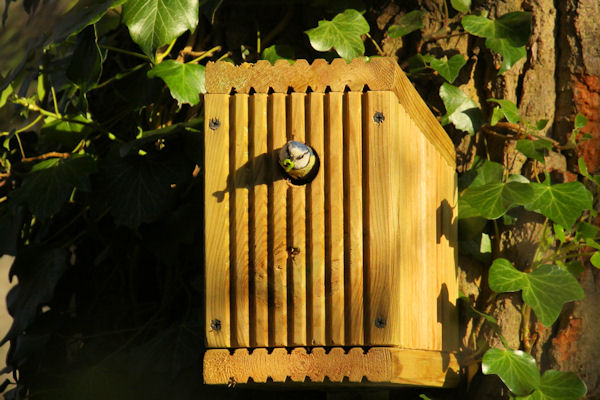January 2023 in Bicknor Wood
Many of the birds appear to be consorting in twos. Have they chosen their partners already?
A Magpie was seen carrying nesting materials and subsequently found to be constructing a nest.
The Great Spotted Woodpeckers have been actively drumming and were seen as a threesome on Jan 15th. It was not possible to discern whether the new bird was male or female, nor whether the pair which nested last year and the year before is still made up of the original male and female.
Woodpeckers do not pair up for life and can be a bit fickle if a better mate comes along. This is the third year in a row that the pair might have been tempted to change partners and inject some DNA diversity into the local population. In the previous two years, the newcomer has been female and the male has made his choice, but it is not possible to say if he was faithful to his original partner on either occasion. A single chick was fledged in both years which can be considered a success, but woodpeckers can lay 4-6 eggs, and might be hoping for a better strike rate with the right partner.
Redwings were present in smaller numbers and gorged themselves on the ivy berries which are reputed to have a calorific content similar to that of peanut butter.

A Carrion Crow was seen during the last week of January taking advantage of the view from the burnt oak while it still could.















Comments
Post a Comment